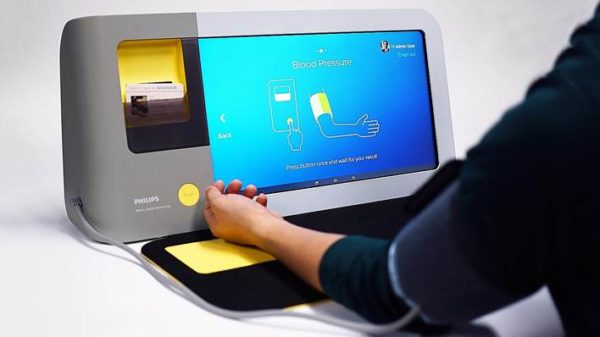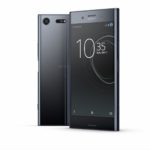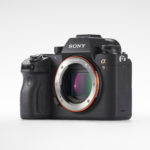
Technology is expected to help improve the quality of life as Singapore greys as a nation.
According to the Department of Statistics, Singaporeans aged 65 years and over made up 11.8 percent of the population in 2015, up 6 percent from 1990. Life expectancy has increased, and Singapore’s aging population will triple by 900,000 by 2030.
It’s no wonder that tele-health programmes in Singapore are making big strides. From using tablets, to phones and wearables, citizens today can measure their blood pressure, heart rate and even perform remote rehabilitation.
The ability to self-manage is at the heart of many tele-health solutions found in the market. At last month’s CommunicAsia show, I came across Philips’s remote healthcare solutions at the Info-communications Media Development Authority of Singapore’s (IMDA) booth.
The Philips tele-health solution – the Mobile Health Monitor – caught my eye, because even as I walked by, I could easily tell what it was about, which belies its user-friendliness.
Remote patient monitoring
It empowers patients to monitor their own health status outside of hospitals, while remaining connected with their healthcare providers.
The monitor which can be configured to connect to the country’s integrated health network gives healthcare providers instant access to vital signs from patients in the community, from the basics of height, weight, body mass index to blood pressure.
In addition, the modular nature of the device means it can be configured to connect with various medical devices in order measure and monitor blood pressure, blood sugar, temperature and others.
The monitor, which was bestowed the Singapore Good Design Mark, has been expressly designed for patients to manage their own conditions at community and day-care centres.
Eric Ho, the clinical program lead at Philips Singapore told Techgoondu: “In Singapore, we have a lot of community spaces, like community centres and day-care centres.”
“And the concept that we have is like the self-check out counters in the supermarkets, where the elderly can simply select the language, scan their identity card, pull out their profile, and be guided by the very user-friendly interface to take the necessary measurements, including their blood pressure, blood sugar, temperature, anything that’s necessary,” he added.
He said with the large icons, and clear user-interface, patients can easily understand how to view, print and even e-mail their health monitoring results to themselves or their loved ones.
The monitor has not been deployed in Singapore yet, but Philips says it is in the midst of launching the health monitor at various community spaces and day-care centres by the end of the year.
So far, it has had successful tele-health programmes with NTUC Income and EH Alliance to provide better support for recovery and health improvement for patients in Singapore.
Ho said: “Healthcare should be an active process, and (patients) should not be reliant on waiting for healthcare providers to take those measurements, and only during their visits to healthcare providers.
“We want (the elderly) to participate in the whole journey, and from there learn more through patient education, from things like alcohol control, to smoking cessation, and weight management.”
CORRECTION at 21/06/2017, 4:20pm: In the original story, Eric Ho of Philips Singapore was quoted as saying that patients could e-mail their medical records. This is incorrect. They can e-mail their health monitoring results, not their medical records. We are sorry for the error.






